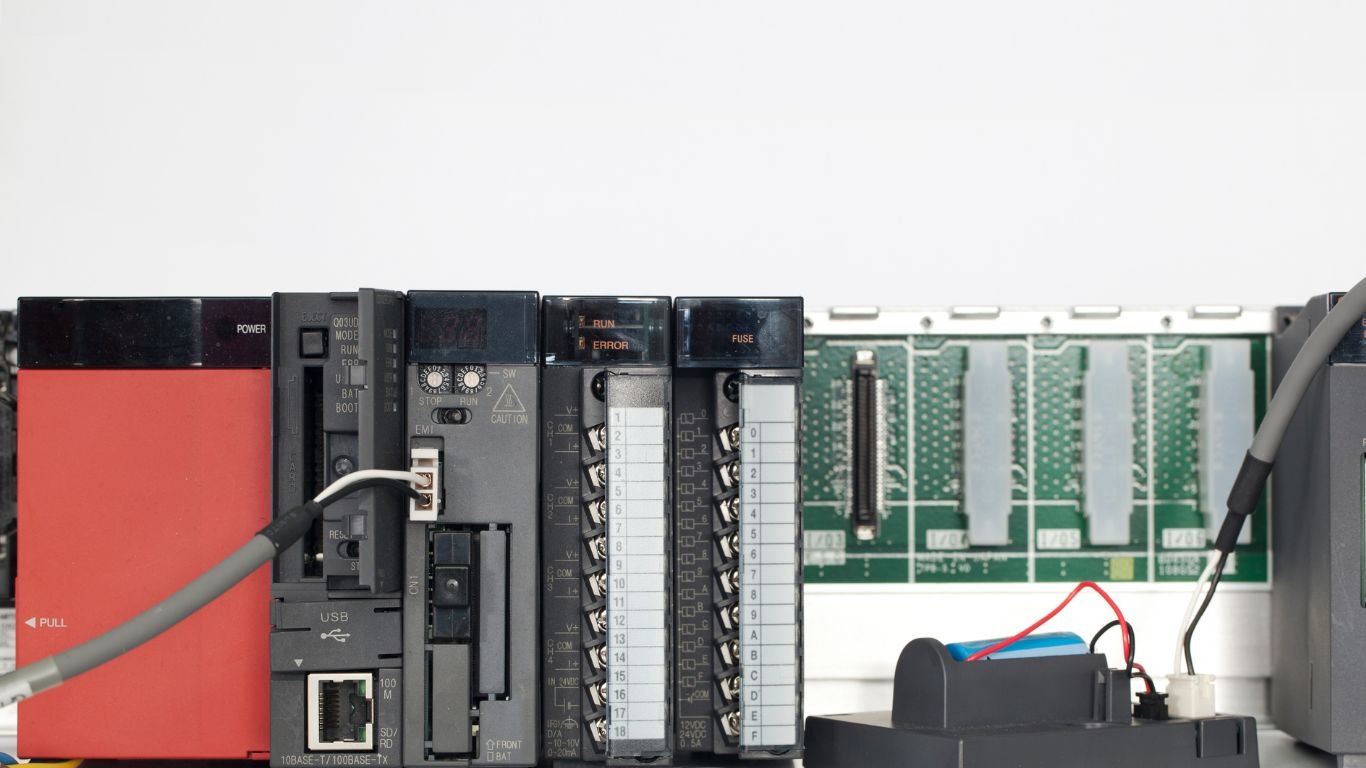Human-Machine Interface (HMI) systems have revolutionized industrial automation by creating a seamless bridge between operators and machinery. These interfaces allow users to monitor, control, and optimize industrial processes with enhanced precision and efficiency. As automation continues to evolve, HMI systems play a critical role in enabling real-time interaction and decision-making in industries ranging from manufacturing to energy management.
In this article, we will delve into the importance of HMI systems in industrial environments, explore key components that integrate with them, and highlight how these components ensure the smooth functioning of automation systems.
The Role of HMI in Industrial Automation
HMI systems offer a user-friendly interface that allows operators to monitor and control complex machinery and processes. By providing real-time data visualization, alarm notifications, and process control, HMIs ensure that operators can efficiently manage industrial operations.
Some of the primary advantages of HMI systems include:
- Real-Time Monitoring: Continuous tracking of machine performance and process data.
- Intuitive Control: Touchscreen interfaces simplify the operation of complex systems.
- Enhanced Safety: Immediate alerts for system errors, allowing for swift corrective action.
- Improved Decision-Making: Data logging and historical data analysis support operational improvements.
One advanced example is the XBTGT4340, which offers an intuitive graphical interface and robust real-time control features, making it ideal for demanding industrial applications.
Key Industrial Components for HMI Integration
For an HMI to deliver its full potential, it must be integrated with various industrial components that work together to ensure smooth operation. Below is a table of essential components that enhance HMI functionality and their respective roles in automation.
| Component | Function | Product Example |
|---|---|---|
| Power Supply | Provides stable, continuous power for HMI systems and related equipment. | Omron CV500-PS211 |
| CPU (Central Processing Unit) | Executes instructions and performs process control within automation systems. | 140CPU67861C |
| I/O Modules | Manages the exchange of signals between HMI systems and field devices like sensors and actuators. | STBACI8320K |
| Toggle Switches | Provides manual control options for certain industrial operations requiring physical interaction. | Siemens Toggle Switch 1-Pole |
| Energy Meter | Monitors and tracks energy consumption, helping to optimize power usage. | METSEPM5330 |
| Advanced Power Supply | Ensures reliable power distribution, crucial for maintaining stable operation of automation systems. | BMXCPS3522S |
| Communication Module | Facilitates Ethernet/IP communication for remote control and real-time monitoring of industrial systems. | 174CEV30010 |
Integrating HMI Systems with Industrial Components
The effectiveness of an HMI system is heavily dependent on its integration with key automation components. Let’s explore the importance of these components and their roles in ensuring a well-functioning industrial automation setup.
Power Supply
A stable power supply is fundamental to any HMI system. The Omron CV500-PS211 offers robust, uninterrupted power, which is vital for maintaining continuous operation in industrial environments. Power disruptions can result in system failures or downtime, making a reliable power source indispensable.
Central Processing Unit (CPU)
The CPU is the control center of an automation system, executing instructions and processing data in real-time. The 140CPU67861C is a high-performance processor designed to work seamlessly with HMI systems, offering quick response times and efficient process control.
I/O Modules
Input/Output (I/O) modules act as intermediaries between the HMI system and field devices such as sensors, valves, and motors. The STBACI8320K provides robust communication capabilities, allowing the HMI to effectively control and monitor field equipment.
Manual Control Mechanisms
While HMIs often rely on touchscreens, manual control mechanisms like the Siemens Toggle Switch 1-Pole remain relevant in specific applications where simple, direct control is necessary. These switches offer a reliable alternative for basic on/off operations in industrial settings.
Energy Management
Optimizing energy consumption is critical in industrial processes, and energy meters play an essential role in achieving this. The METSEPM5330 is an advanced energy meter that integrates with HMIs, enabling operators to monitor and manage power usage effectively, reducing energy costs and improving efficiency.
Communication and Networking
Efficient communication between devices and systems is key in modern industrial automation. The 174CEV30010 communication module enables Ethernet/IP communication, allowing for remote monitoring and control of operations. This enhances flexibility and ensures that operators can manage systems from a central location or even remotely.
Conclusion
Human-Machine Interface (HMI) systems are integral to modern industrial automation, providing operators with a clear, real-time overview of processes, machines, and systems. The effective integration of HMIs with crucial components like power supplies, CPUs, I/O modules, and communication devices ensures optimal system performance and operational efficiency.
Components such as the BMXCPS3522S power supply and 174CEV30010 communication module allow HMIs to work seamlessly with other industrial devices, enabling real-time control and monitoring. Whether it’s the advanced graphical interface of the XBTGT4340 or reliable manual control provided by the Siemens Toggle Switch 1-Pole, HMIs enhance the efficiency and reliability of automation systems.
For more information on the products mentioned, visit the respective links for detailed specifications and capabilities.
